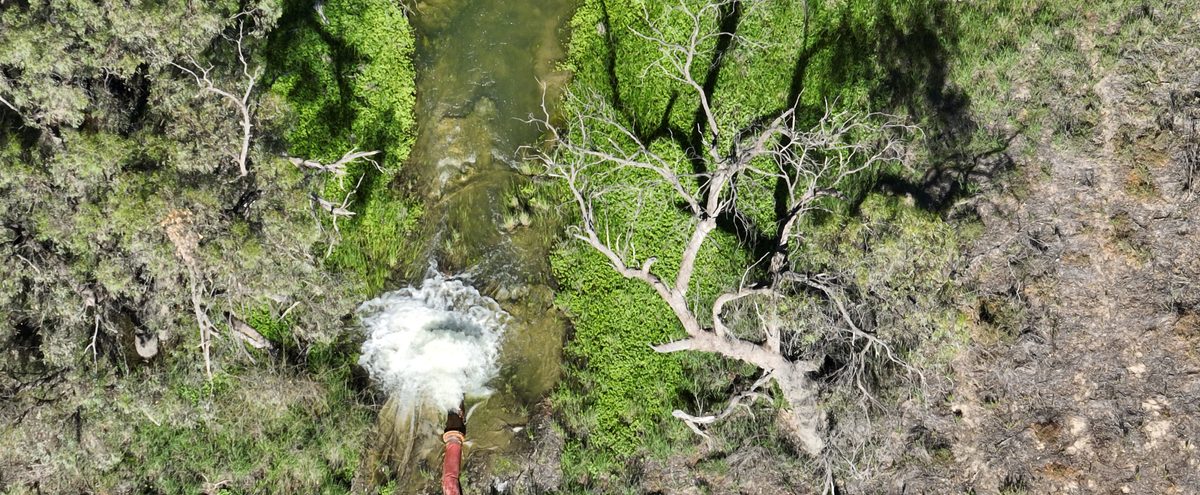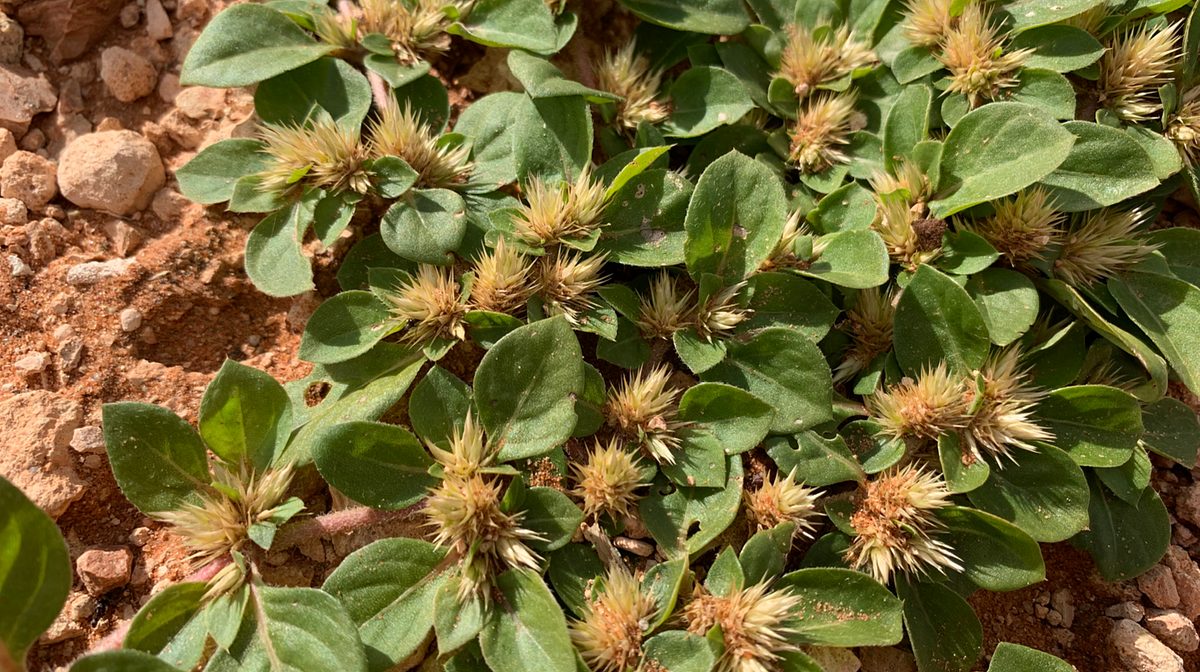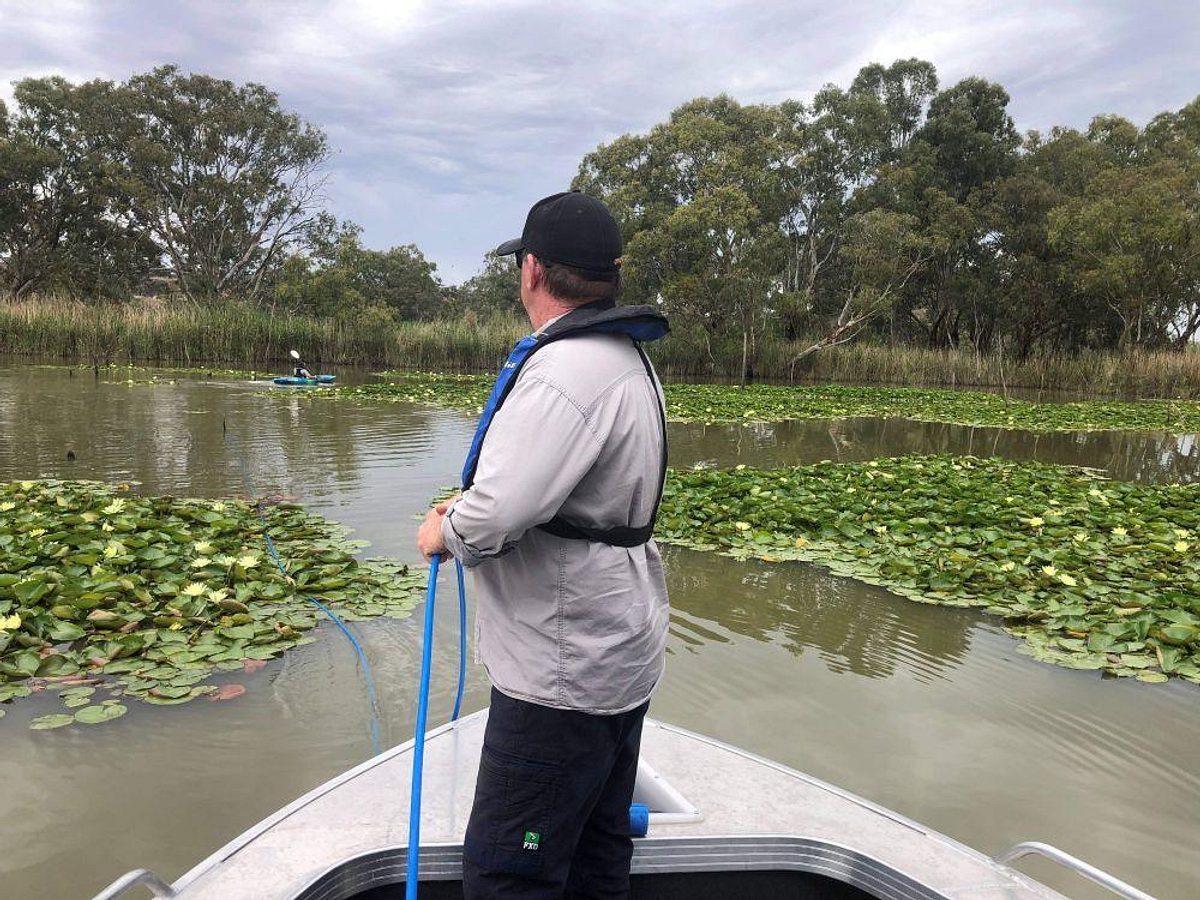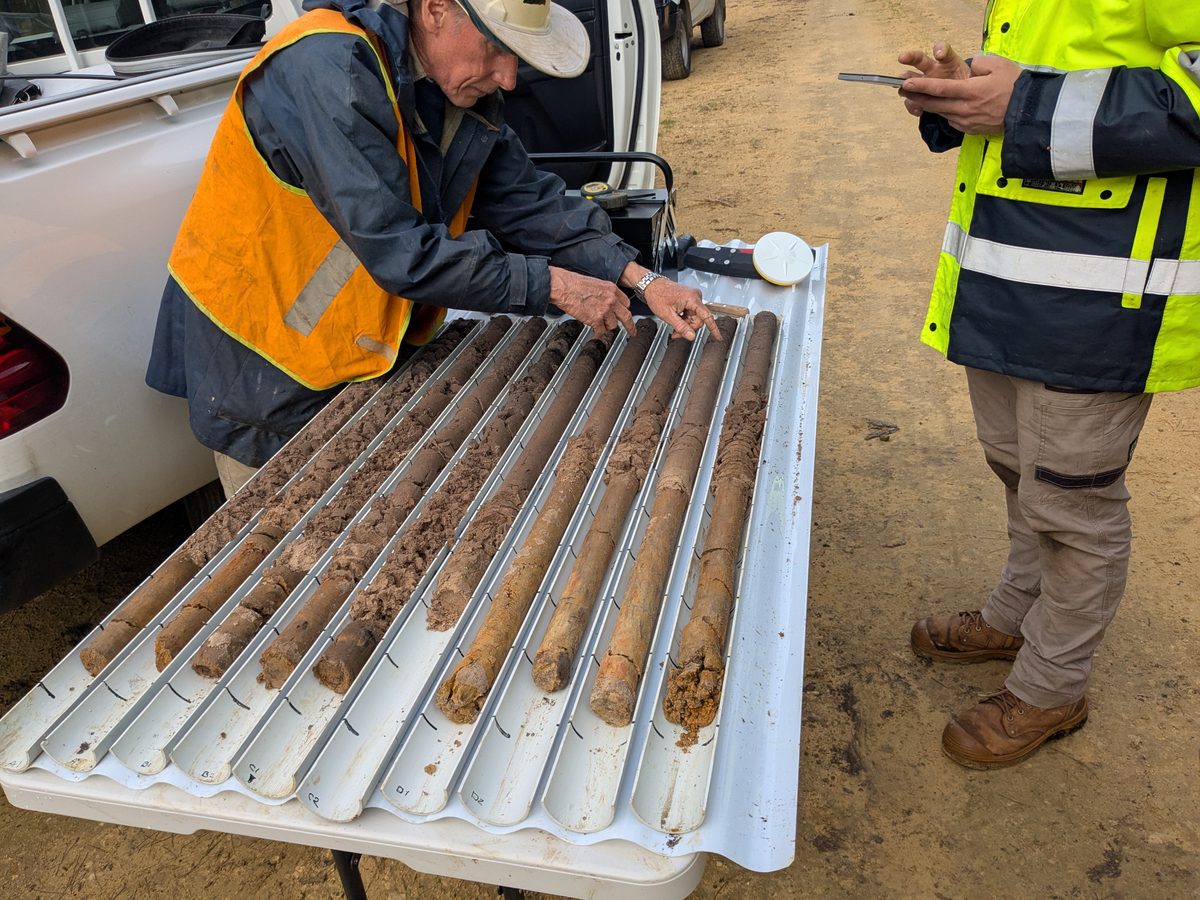Reviving our wetlands: The power of environmental watering

This summer, the Murraylands and Riverland Landscape Board has made a significant impact by delivering a record amount of environmental water to 41 wetlands across the region—enough to fill nearly 6,800 Olympic-sized swimming pools!
This is the largest environmental watering pumping event our region has ever undertaken—bringing vital support to more wetlands and native species than ever before.
This milestone builds on more than two decades of dedicated wetland management and conservation efforts along South Australia’s River Murray.
The Murraylands and Riverland Landscape Board supports the management of more than 85 managed wetland complexes, partnering with landholders, First Nations communities, volunteers, researchers, non-for-profit organisations, businesses and government agencies to ensure these vital habitats thrive for future generations.

Why environmental watering is needed
River regulation has altered the natural flow of water, causing many wetlands to become either too wet or too dry. This disrupts ecosystems that once thrived on natural flooding and drying cycles. Static river levels have also resulted in elevated saline groundwater tables, accumulating more salt in the upper soil profile of our floodplains. By mimicking more natural cycles, environmental watering helps wetlands recover, improves their health, and supports diverse plant and animal life. The 2022-23 flood provided our floodplains with a long deep drink, but events like this are rare. Before this, the previous extensive natural flooding event was in 2016-17. The gap between these events is where environmental watering plays a vital role in maintaining wetland health.

How is environmental water delivered?
Delivering environmental water can be challenging and costly. Most of the time, diesel pumps are required to move water from the river channel into wetland sites. Pumps are set up with suction lines that reach the river and outflow lines directing the water into the wetland. In some cases, environmental water can be delivered through gravity if a natural flow path is available.

Bringing wetlands to life
By carefully managing water delivery, we're supporting:
- Native plants, such as River red gums and black box trees, but also understorey and aquatic vegetation which provide critical habitat for an expansive array of animals and invertebrates.
- Threatened species, including the Southern bell frog, Regent parrot, and Murray hardyhead.
- Bird life, providing vital habitat for waterbirds and migratory shorebirds.
- Community connections, with wetlands playing a significant role in supporting First Nations cultural values and fostering strong ties within local communities.
A brighter future for our wetlands.
The benefits of this year’s environmental watering efforts will extend well beyond 2025. By restoring natural cycles and enhancing wetland health, we are preventing the loss of ecosystems that will continue to provide habitat for native species, support biodiversity, and enrich our communities for generations to come.

Community Collaboration
This program would not be possible without the support of our project partners:
- State and federal water holders including the Commonwealth Environmental Water Holder and Department for Environment and Water
- Millewa Pumping Pty Ltd as our pumping partner, mobilising pumps across the landscape to deliver water to many sites
- The dedication and support of over 200 landholders and volunteers who play an integral role in maintaining and monitoring these vital ecosystems Collaborative advice and on-ground support from our First Nations partners.
Many non-for-profit groups, councils and associations:
| Regent Parrot Recovery Team | Mannum Aboriginal Community Association Inc. |
| Murray Hardyhead Recovery Team | Sugar Shack Aboriginal Corporation |
| Big Little 4 Working Group | Tolderol Game Reserve Wetlands Working Group |
| National Parks and Wildlife | Birds SA |
| Department for Environment and Water - Environmental Water and Water Infrastructure and Operations teams | Conservation and Hunting Alliance of SA |
| Central Irrigation Trust | The National Trust |
| Renmark Irrigation Trust | Overland Corner Estate |
| Cadell Community and Tourism Association | Coorong District Council/Coorong-Tatiara Local Action Planning |
| Cadell Training Centre | Alexandrina Council |
| Nature Foundation | Berri Barmera Council |
| Hills and Fleurieu Landscape Board | Kumarangk-Hindmarsh Island Landcare Group |
| Banrock Station | Second Nature Conservancy |
| Investigator College | Treasury Wine Estates |
| Ngarrindjeri Aboriginal Corporation | Akuna Station |
| Raukkan Community Council | Friends of Martin Bend |
| River Murray and Mallee Aboriginal Corporation | Milang Shackowners Association |
| Gerard Community Council | Barmera Moorook Field and Game Association |
This ongoing initiative is supported by the Murraylands and Riverland Landscape Board through funding from the landscape levies, and with environmental water provided by the Commonwealth Environmental Water Holder.


